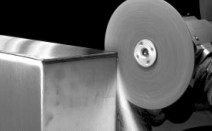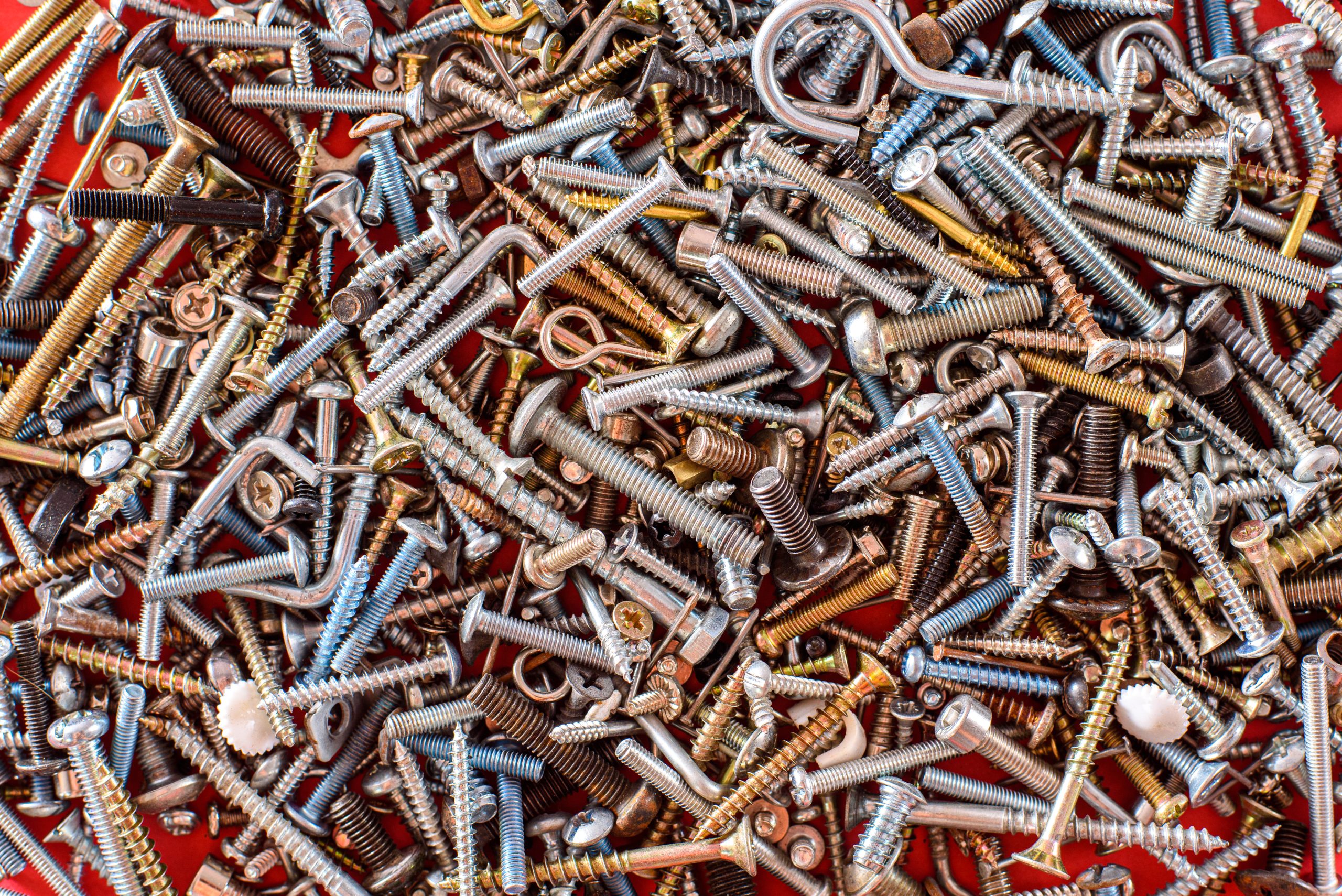
 Abrasive grinding and cutting wheels come in all sizes and compositions, with specially-blended abrasive compounds designed to produce the most effective material removal or cut for specific metals. Essentially a grinding wheel is also a cutting wheel. It’s an abrasive cutting tool that — unlike a saw which has only teeth along an edge — has abrasive grains that cut and grind distributed throughout the wheel. Let’s talk first about the actual process of grinding or cutting.
Abrasive grinding and cutting wheels come in all sizes and compositions, with specially-blended abrasive compounds designed to produce the most effective material removal or cut for specific metals. Essentially a grinding wheel is also a cutting wheel. It’s an abrasive cutting tool that — unlike a saw which has only teeth along an edge — has abrasive grains that cut and grind distributed throughout the wheel. Let’s talk first about the actual process of grinding or cutting.
Abrasive machining – the term used to describe grinding and cutting – is the process of removing metal in very fine chips from a work surface using irregularly-shaped abrasive particles of a substance even harder than the metal being abraded. Grinding and cutting wheels are composed of thousands of small abrasive grains held together with an adhesive bonding material – each tiny grain is a cutting edge by itself, multiplied by the thousands of other grains contained in the wheel.
Grinding and cutting abrasives
 There are two basic types of abrasives used in grinding and cutting wheels: natural and manufactured. Manufactured abrasives have all but replaced most natural ones, except for diamonds – but even natural diamonds are being replaced by the more popular synthetic ones.
There are two basic types of abrasives used in grinding and cutting wheels: natural and manufactured. Manufactured abrasives have all but replaced most natural ones, except for diamonds – but even natural diamonds are being replaced by the more popular synthetic ones.
The specific abrasive used in a wheel is chosen for how it will interact with the specific work material — the ideal abrasive will stay sharp with minimal point dulling. When it begins to dull, the abrasive fractures, creating new cutting points. Each abrasive type has distinct properties for hardness, strength, fracture toughness and resistance to impact. Each abrasive has its own designation — usually a combination of a letter and a number. These designations vary by manufacturer.
Aluminum oxide is the most common abrasive used in grinding wheels and is popular for grinding carbon steel, alloy steel, high-speed steel, annealed malleable iron, wrought iron, and bronzes and similar metals. There are many different types of aluminum oxide abrasives, each specially compounded for particular types of grinding jobs.
Zirconia alumina is another group of abrasives, each featuring a different percentage of aluminum oxide and zirconium oxide. The combination results in a tough, durable abrasive that works well in rough grinding applications, such as cut-off operations, on a wide variety of steels and steel alloys.
Silicon carbide is an abrasive used for grinding gray iron, chilled iron, brass, soft bronze and aluminum, as well as stone, rubber and other non-ferrous materials.
Ceramic aluminum oxide is the latest in abrasives. This is a high-purity grain manufactured in a gel sintering process. This high-purity grain abrasive has the ability to fracture at a controlled rate, constantly creating thousands of new cutting points. It’s exceptionally hard and strong and is primarily used for precision grinding steels and alloys that are the most difficult to grind.
Selecting the right grinding or cutting wheel requires you to weigh several factors:
- The material to be ground or cut
- The amount of stock to be removed
- The wheel speed in operation
- The area of grinding contact
- The severity of the grinding action
- The grinding or cutting machine horsepower
By matching these factors with an abrasion compound designed to withstand that kind of use, you’re ensured of having the right wheel for the job.


